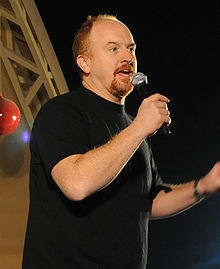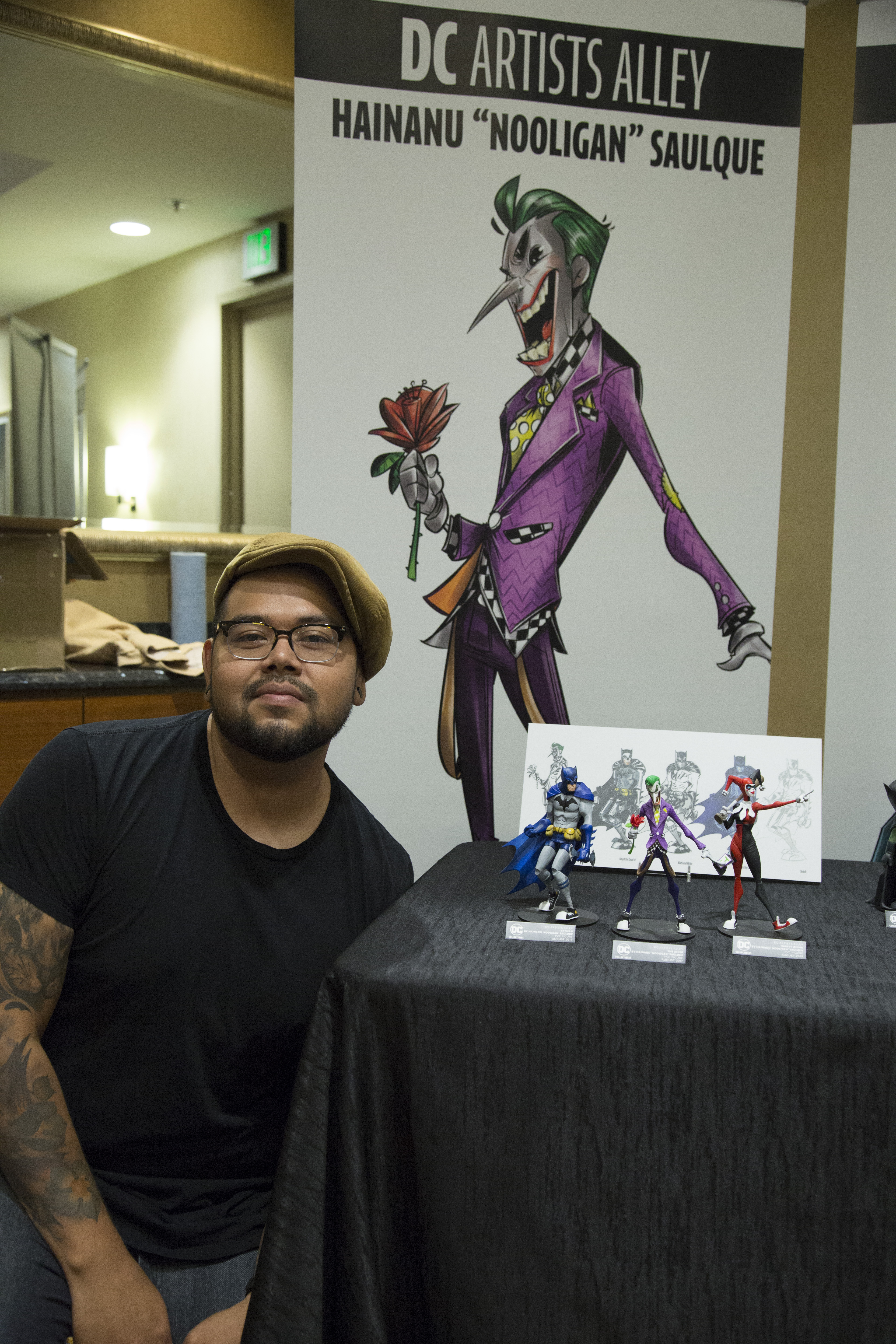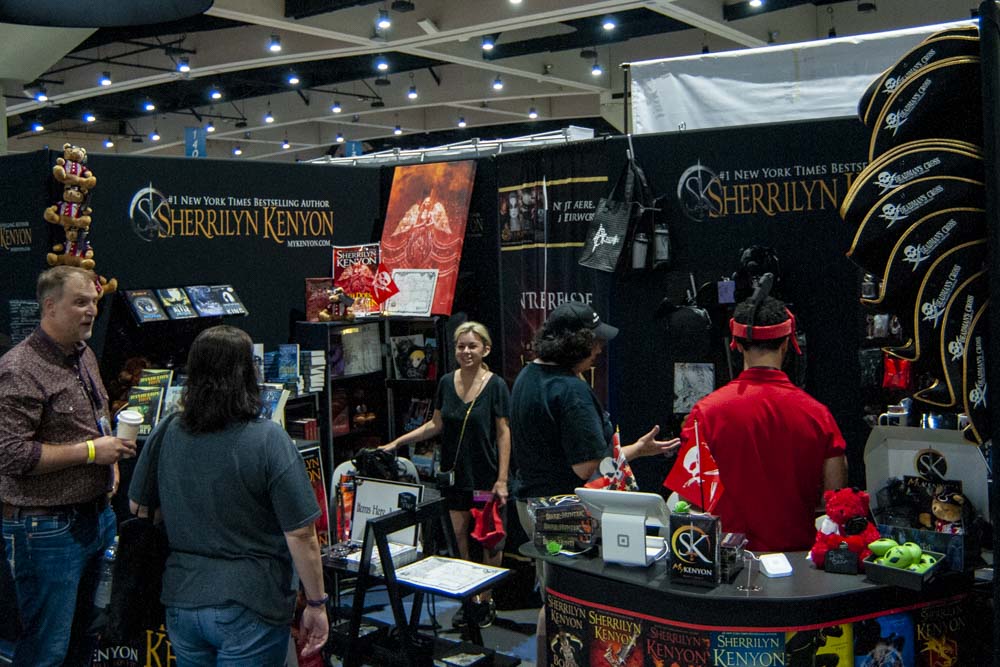by Bruce Lidl

Not surprisingly, any celebration of new revenue streams for creators is rapidly met by a few standard criticisms: only already big name entertainers like Louis CK can do something like this, or conversely, only small up-and-coming artists can afford to take these kinds of risk. And fundamentally, many artists strongly feel that they should not have to become self-promoting business people just to make a living.
Of course, the idea of combining artistic and business creativity is nothing new in the comic world, something Will Eisner pioneered decades ago and creators have continued with various levels of success ever since. More recently, leading web-comics makers like Penny Arcade and PvP have made a habit of coming up with innovative revenue streams will distributing their work on-line for free. In a different vein, Kickstarter and IndieGogo funded comic books made a breakthrough in 2011 and are likely to only get more popular in 2012, while independent comic creators used every other avenue open to them to produce steady revenue, even as the direct market struggles and printing costs continue to rise.
However, the most innovative opportunities for comic creators going forward will likely be digital, as the growing proliferation of comic-friendly tablet devices continues to explode. Adding to the already remarkable success of the iPad, the Kindle Fire (and the Nook tablets as well) have really brought lower cost alternative devices to the fore, and while no official statistics are available yet for Kindle Fire sales, estimates have over 4 million Fires sold in the US since introduction in mid-November. App-based comic sales, primarily on the iOS devices, have grown considerably, with comiXology, iVerse, and Graphicly adding publishers and expanding their feature sets available to independent creators. Will we see the equivalent of an Amanda Hocking or a Louis CK success story in the comics world in 2012? If so, distribution directly to fans digitally will almost surely be a major component of it.







Boy, I hope that there is truth to this. I’m pretty much gambling on this for a career.
“And fundamentally, many artists strongly feel that they should not have to become self-promoting business people just to make a living.”
Hahahahahahahahahahahahahaha…
Penny Arcade link is wrong…
http://www.penny-arcade.com/
This is absolutely true. I’ve seen it. No questionmark needed.
2012 will usher in a comic book revolution we have not seen in a long time. There is going to be more money tossed around this year for the narrative art media than any other time in history. You do not want to be on the outside looking in.
@Bill Cunningham: touche, but it is something that I’ve run across quite a bit, at least online. I’m not an artist, so I do sympathize with the plight, however.
@LukeCage: gah! sorry about that.
To find artist/entrepreneurs in comics, look no further than the artist alley at your local con. Here we have countless creators of varying skill plying their wares to a public hungry for entertainment. The ones who are most successful have a good sales pitch, a good bedside manner and believe in their products. They WORK IT. And the ones that work hardest and refine their salesmanship and really connect with the people on the other side of the table succeed.
The older I become, the more I understand the desire to be a “company man” with a steady paycheck and a clear career trajectory.
I’ve just never been able to do it, and believe me, I’ve tried. I just enjoy the role of iconoclast too darn much.
The internet is leveling the global media playing field more than any other innovation since movable type. If you have an idea and you’re willing to risk everything to see it become a reality, then this is YOUR time.
Take responsibility for your art, your career and your brand. Don’t waste your talents by becoming just another cog in the corporate machine. Do licensed work if you want to (I’ve done it and loved it), but do it on YOUR terms, not theirs.
The risk of entrepreneurship is far greater, but so is the potential reward.
And now back to planning my next Kickstarter campaign…
Here’s a question for researchers:
When did the Sony Walkman (and other portable cassette players) reach a mature market saturation? Can a parallel path be presumed for tablets?
The Walkman debuted in 1979. I think it became mainstream around 1984. Is five years a typical maturation cycle for new technology? 1984 seems to be when radio stations began using CD players.
The technology and retail price have parallels with tablets and e-readers.
I don’t know if anyone ever recorded (ha!) how many cassette players sold each year. However, like e-books, one could gauge the sales of pre-recorded audio cassettes (and blank cassettes, as mixtaping would have become more popular as tapes became portable).
I worked at record stores from 1989 to 1993. In 1989, cassettes dominated the market. By 1993, that had reversed.
@Russell Lissau – ditto VHS and DVD in 2002-2003. Used to sell DVD to retailers as an add-on for their purchase of two VHS cassettes. That totally flipped and VHS became the add-on to satisfy those old school customers who hadn’t upgraded to DVD yet.